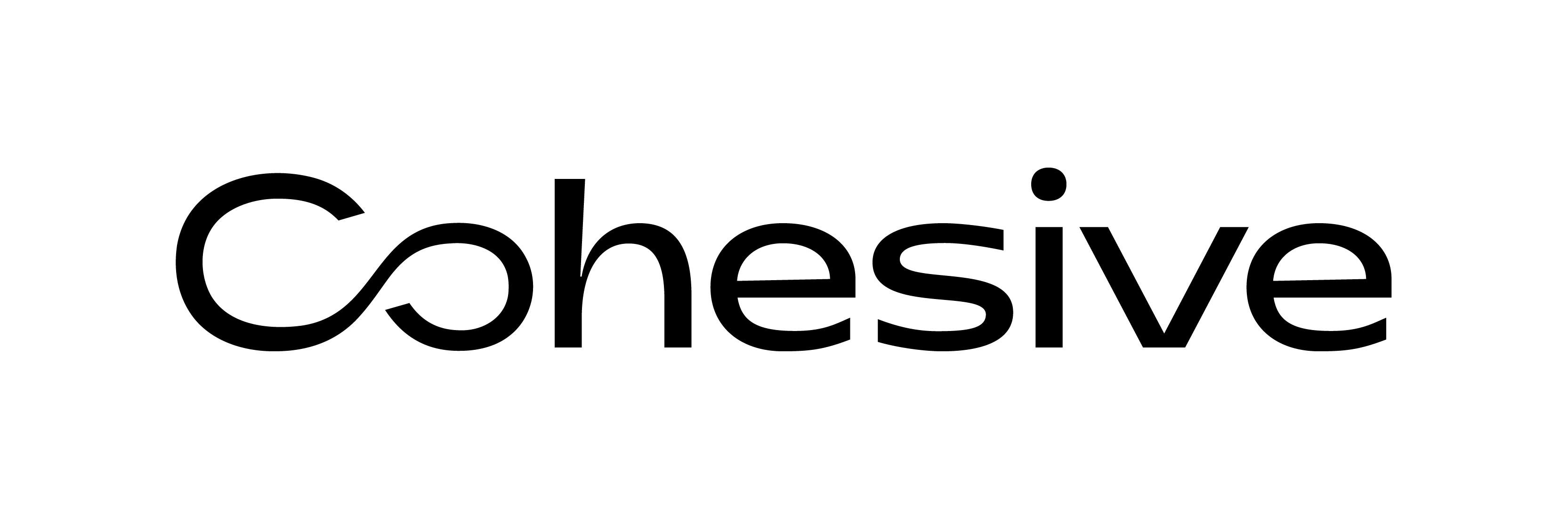The Background

The Challenges
the system were out of date and out of IBM support due to the age of the Maximo instance. A lot of applications were not being used as standard, for example, the use of dummy item masters and related material transactions to report actuals and financial data against work orders, and the processing of invoices without purchase order (PO) lines. Furthermore, a custom PO app was also being used outside of Maximo for service contract purchases, which was also identified as a major pain point.
hosted by a third-party provider, the client’s IT team was still responsible for the backup and recovery plan. The infrastructure provided was also outdated. Cohesive recommended considering alternative Software as a Service (SaaS) solutions while investigating the future of upgrading to Maximo Application Suite (MAS 8). In addition, first-line support was provided by internal resources, with only complex support requirements being passed onto IBM, so it was recommended to the client to change its hosting model to provide increased and more flexible support arrangements.

Investigation Outcomes
The client swiftly addressed the identified issues and proceeded with the recommendations from Cohesive. The outcomes of the investigation included:
a) Software Upgrade Recommendations: The report outlined a detailed list of outdated software and versions that needed to be upgraded. Cohesive provided specific
recommendations for each server and Maximo, including the latest versions and steps to ensure a smooth transition.
b) Using more applications: Cohesive recommended implementing a company-wide set of new processes that included the use of additional Maximo applications such as Meter, Condition Monitoring and a full suite of Procurement, Receipting and Invoicing. The new processes coupled with the use of additional Maximo applications, and the removal of the outdated legacy software, gave the client good savings in Annual License fees, thus making IBM Maximo far more value for money.
c) Infrastructure Updates: The investigation report advised the client to implement cloud-based hosting, taking away the headache of internal IT managing Maximo Infrastructure. This allowed the client to concentrate on its everyday business with the security of knowing its Maximo solution was being maintained to the highest level .

Lessons Learned
Thanks to the Cohesive Maximo health check, the client learned several valuable lessons:
1) Regular IT System Assessments: Conducting periodic Maximo health checks was essential for identifying vulnerabilities and maintaining a secure and optimized infrastructure.
2) Software Patching and Upgrades: Keeping software
applications up to date with the latest patches and upgrades was crucial to prevent security breaches and ensure optimal performance.
3) Getting value for Money: Implementing processes,
new applications and educating employees ensured common practices were maintained. A shared solution, giving transparency to all, allowed for streamlined working and ultimately gave value for money on annual license fees.
4) Continuous Security Monitoring: Regularly monitoring the IT infrastructure for potential threats and implementing necessary security measures was now the responsibility of the cloud solution suppliers. It was also critical to keep Maximo up to date with patches and fixes.
By addressing the findings and implementing the recommendations provided by Cohesive, the client significantly strengthened its Maximo system’s health, security, and compliance, which helped to ensure that day-to-day operations ran even more smoothly.









